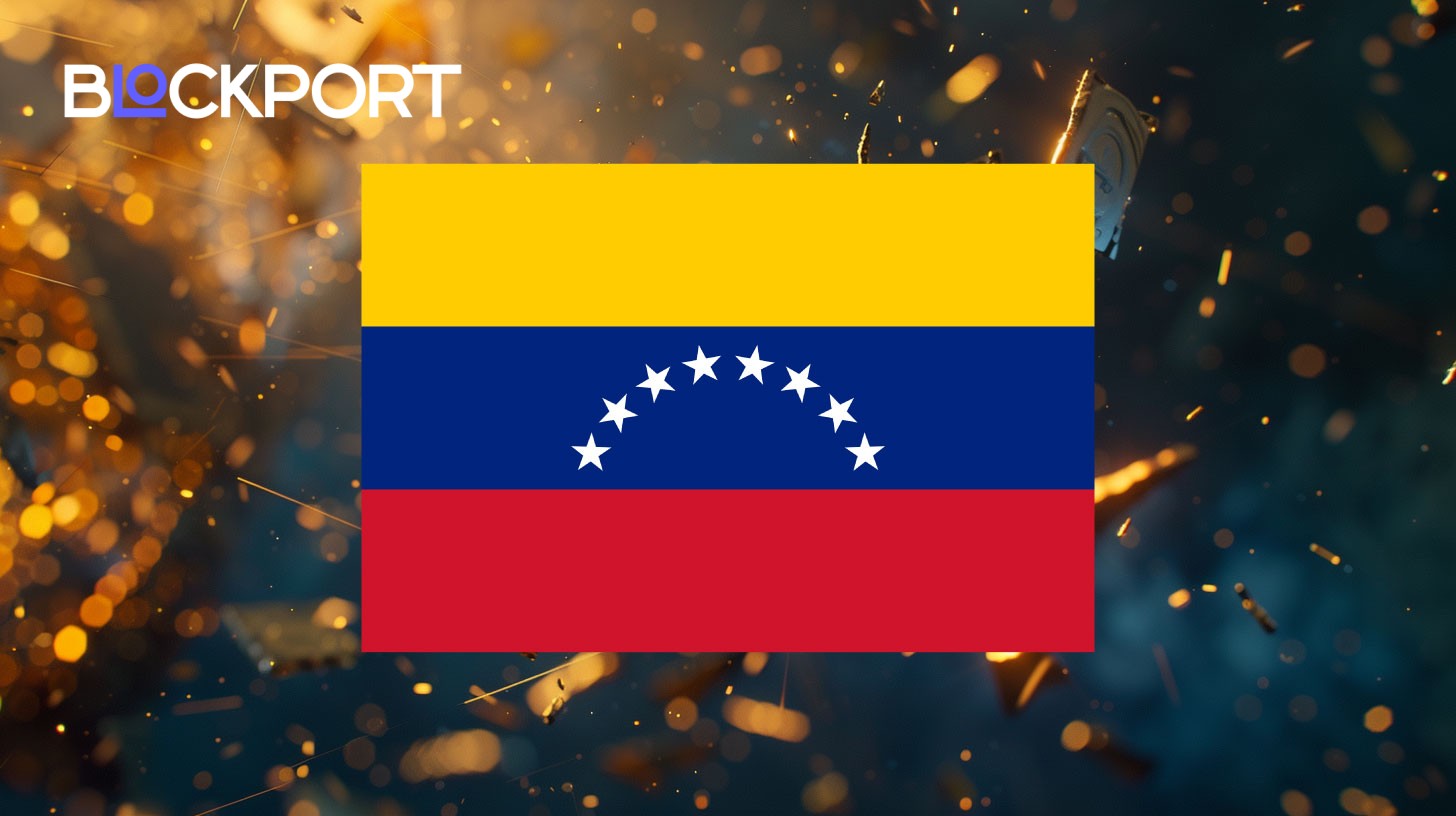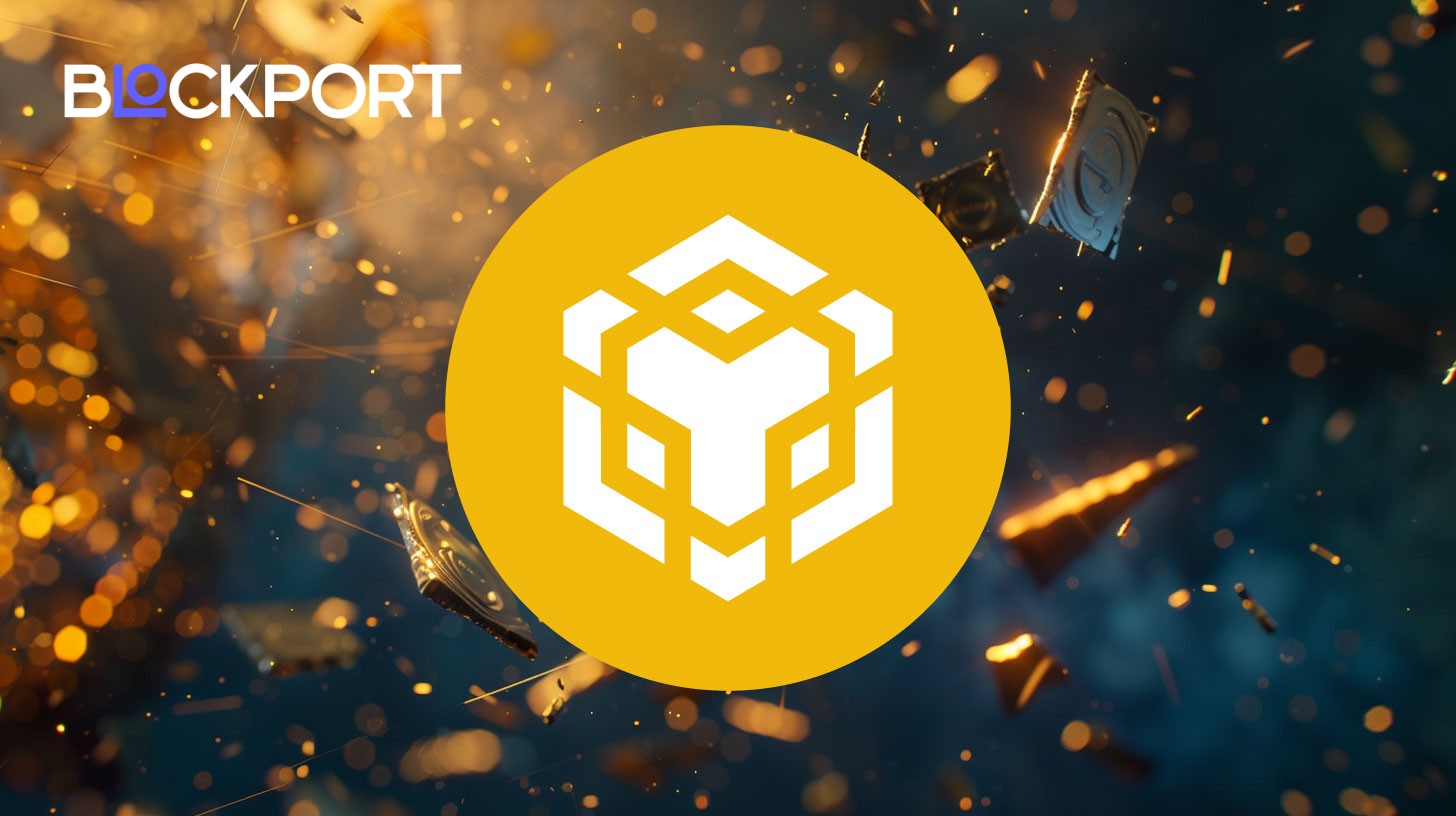World ID’s New Frontier: Verifying 30,000 Unbacked Crypto Loans – At What Cost?

Biometric ID meets high-risk lending. Divine Research is testing a new crypto credit model – uncollateralized, algorithmic, and global. The promise is inclusion. The cost may be opacity, defaults, and echoes of 2022’s collapse.
San Francisco-based Divine Research has issued over 30,000 uncollateralized short-term crypto loans since December 2024. The loans, offered in USDC and averaging under $1,000, rely on World ID, Sam Altman’s iris-based identity protocol, to verify borrowers and prevent multi-account abuse.
Identity Without Collateral
Divine targets borrowers excluded from traditional finance – informal workers, overseas users without credit history or bank access. Instead of collateral or credit scores, World ID serves as a unique digital identity to block re-entry after default.
Interest rates range from 20–30%, with first-loan defaults around 40%. In any traditional financial market, a 40% default rate would signal catastrophic failure. In Divine’s model, it’s framed as a calculated cost of acquiring a customer—a feature, not a bug. Divine claims defaults fall to near zero over time as users build repayment history.
We’re loaning to average folks like high-school teachers, fruit vendors . . . basically anyone with access to the internet can get access to our funds. This is microfinance on steroids,
Divine’s founder Diego Estevez told the Financial Times.
The company presents this as a for-profit model of accessible credit. Over 40,000 loans have been issued. Most borrowers are not regular crypto users, and many refer to the loan as “la salvación del mes” – a lifeline for basic expenses like food and medicine.
Lending Model and Risks
Divine operates on a peer-to-peer liquidity model. Anyone can fund loans in return for high yields. Divine says the system is designed to ensure lenders earn profit after factoring in defaults and interest. But lender visibility into borrower profiles is limited beyond the World ID filter.
The underlying math is brutal but simple: the high interest payments from the 60% of successful borrowers must be large enough to cover the total loss from the 40% who default. Lenders are not investing in individuals; they are buying into a high-risk, high-yield portfolio where massive write-offs are an expected part of the business. It’s a dynamic eerily reminiscent of the pooled risk models that fueled the 2008 subprime mortgage crisis.
This recalls models that preceded the 2022 crypto credit collapse, when platforms like Celsius and Genesis failed under opaque and underregulated conditions. Divine’s emphasis on access and yield makes it vulnerable to the same structural risks.
Emergence of a New Crypto Credit Sector
Other players are adopting similar risk models. 3Jane, backed by Paradigm, offers unsecured loans on Ethereum with “verifiable” asset or income proofs. Wildcat, with $170M in issued loans, supports undercollateralized lending for trading firms. 3Jane is developing AI agents to enforce loan terms autonomously.
In a move that starkly contrasts with the narrative of financial inclusion, 3Jane’s model includes a chillingly traditional endgame: defaulted loans are resold to U.S. debt collectors. This completes the cycle from futuristic DeFi protocol back to the harsh realities of legacy debt enforcement.
These startups are reengineering DeFi credit mechanisms – algorithmic, identity-based, and increasingly reliant on behavioral proxies.
Systemic Questions
Divine frames its mission as financial inclusion. But with high interest rates, algorithmic enforcement, and little borrower recourse, concerns persist. What protections exist if a user is wrongly flagged by biometric identity? What happens when users default at scale in a market driven by yield expectations?
The model scales quickly: Divine says 100,000 users are waiting. But whether biometric verification and smart contracts can replace traditional underwriting – without replicating legacy failures – remains uncertain.
Crypto Credit Meets World ID: Access vs. Risk
The promise of this new frontier is seductive: a truly global, accessible credit system for those the old world forgot. The technology, combining biometric identity with unstoppable smart contracts, scales with terrifying efficiency – Divine already has a waitlist of 100,000 hopeful borrowers.
But the model’s DNA carries echoes of past financial crises. It raises profound questions that go beyond code. What recourse does a fruit vendor in Manila have if her iris scan is wrongly flagged? What happens when a model built on high yields meets a market downturn and defaults cascade through the system?
Ultimately, World ID-based lending forces a difficult question. Is this the dawn of sustainable financial inclusion, or are we witnessing the birth of a more efficient, algorithm-driven loan shark, one that repackages old risks in a shiny new decentralized wrapper? The answer can define the next chapter of crypto finance, and the cost of getting it wrong will be measured in more than just digital tokens.
Content on BlockPort is provided for informational purposes only and does not constitute financial guidance.
We strive to ensure the accuracy and relevance of the information we share, but we do not guarantee that all content is complete, error-free, or up to date. BlockPort disclaims any liability for losses, mistakes, or actions taken based on the material found on this site.
Always conduct your own research before making financial decisions and consider consulting with a licensed advisor.
For further details, please review our Terms of Use, Privacy Policy, and Disclaimer.




























